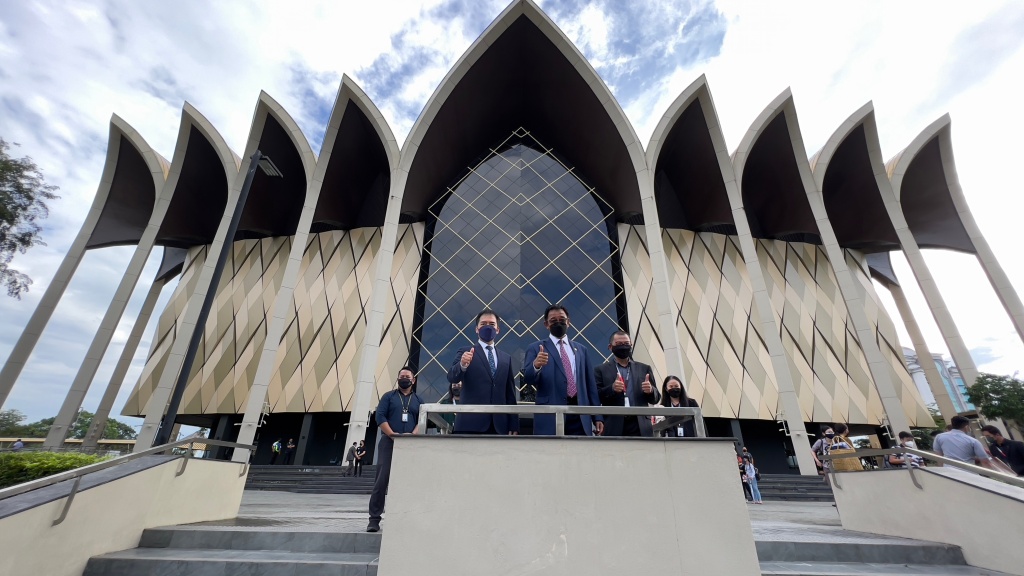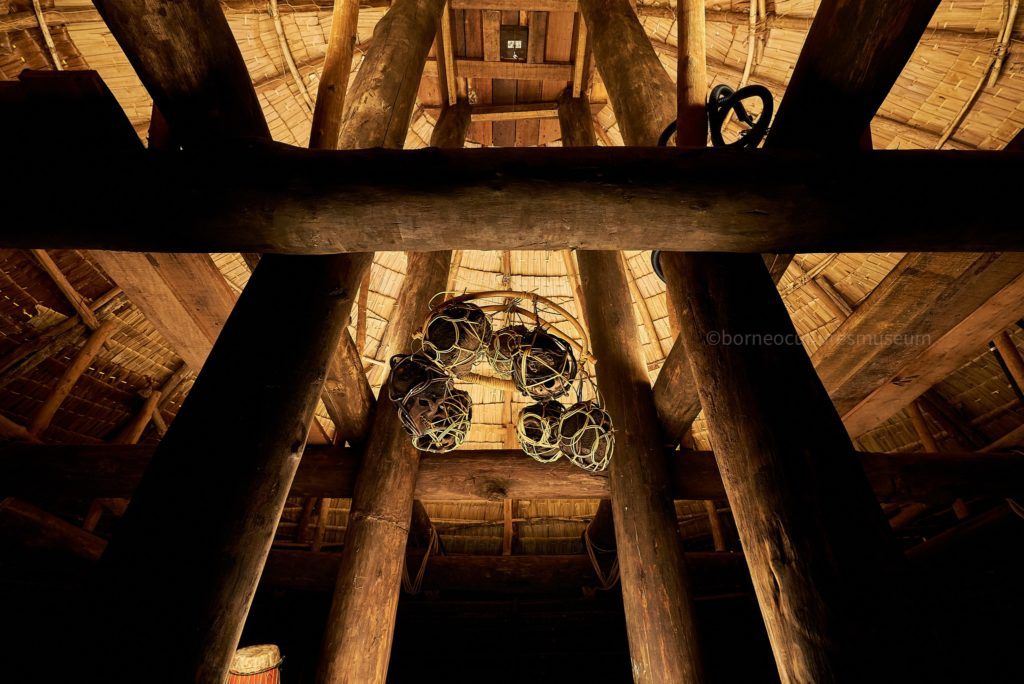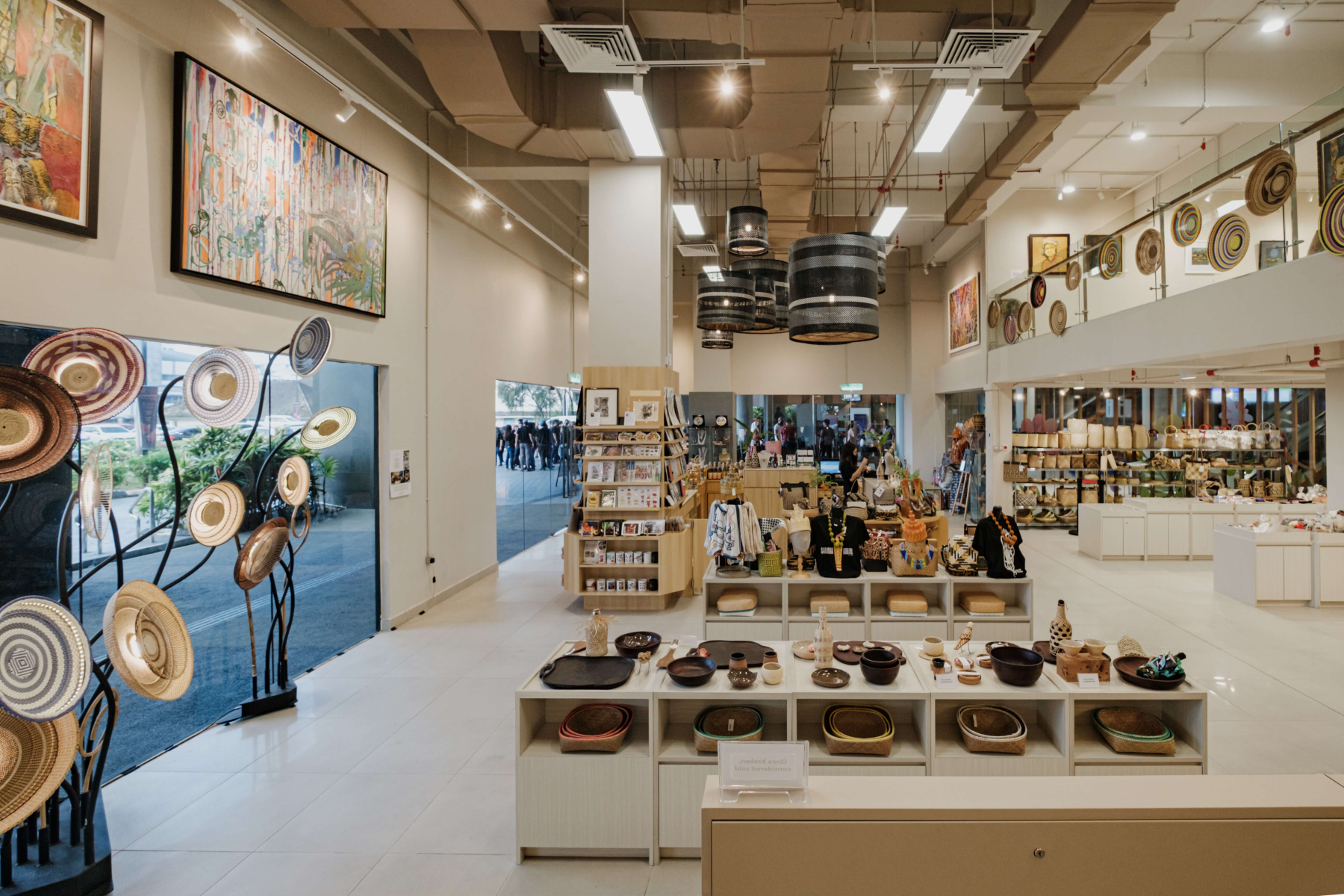Look Into the Remarkable World of Borneo's Cultural Heritage: A Comprehensive Overview to the Cultures Museum Experience
Submersing oneself in the elaborate tapestry of Borneo's social heritage belongs to embarking on a trip through time and practice. The combination of aboriginal tribes, conventional inventions, fascinating performances, and historic narratives housed within the boundaries of the island's museums offers a glimpse into a globe teeming with lively customizeds and profound heritages. As visitors traverse through these repositories of culture, they are beckoned to explore a realm where past and present intermingle, inviting contemplation on the durability and richness of Borneo's diverse heritage.
Aboriginal Tribes of Borneo
Borneo is home to over 50 native tribes, each with distinct cultural methods and customs that have been maintained for generations. Among these tribes are the Iban, understood for their complex tattoos and traditional longhouses where several families live. The Dayak individuals, an additional famous group, participate in sophisticated spiritual events and are proficient artisans, crafting intricate wood makings and woven fabrics. The Penan tribe, on the other hand, are nomadic hunter-gatherers with a deep link to the rain forest, utilizing blowpipes for hunting and celebration wild plants for food.
These indigenous people play a vital duty in maintaining Borneo's abundant cultural tapestry. In spite of external influences and innovation, many tribes remain to maintain their beliefs, personalizeds, and languages. Site visitors to Borneo have the chance to immerse themselves in the special lifestyles of these tribes with cultural scenic tours, homestays, and community-based tourist efforts. By engaging with these native areas, visitors can obtain a much deeper appreciation for the diversity and resilience of Borneo's aboriginal heritage.
Traditional Handicrafts and Artefacts

One prominent example of typical handicrafts in Borneo is the production of woven items - Borneo Cultures Museum. Proficient weavers utilize natural fibers like rattan, bamboo, and pandan delegates develop elaborate baskets, mats, and accessories embellished with colorful patterns that hold symbolic definitions within the neighborhood
The art of woodcarving is an additional significant element of Borneo's traditional inventions. Artisans carve intricate designs into various kinds of timber to create masks, sculptures, and musical tools that not only offer practical objectives however additionally hold social importance, commonly illustrating mythology or spiritual beliefs.
In Addition, Borneo is renowned for its beadwork, with artisans meticulously crafting grains from materials like glass, seeds, and coverings to create jewelry, clothing embellishments, and ornamental things that display the area's lively visual traditions. These typical handicrafts and artefacts not just work as tangible expressions of Borneo's cultural heritage but likewise offer understandings into the communities' ideas, values, and way of living.

Social Performances and Festivals
With a deep-rooted connection to their cultural practices, the neighborhoods in Borneo come to life with vibrant cultural performances and celebrations that commemorate their heritage. These events display the rich variety of Borneo's ethnic groups, each offering distinct dances, music, and routines that have actually been given with generations. One of one of the most renowned events is the Gawai Dayak, commemorated by the Dayak people to note the rice collecting period. Throughout this celebration, traditional music fills the air, complex dancings are done, and fancy conventional costumes are put on. One more significant occasion is the Pesta Kaamatan, celebrated by the Kadazandusun community to appreciate for the rice harvest. This festival includes cultural efficiencies, including the Sumazau dance, and standard sports like the bamboo dancing. Site visitors to Borneo can immerse themselves in these festivities, obtaining a much deeper understanding of the region's cultural heritage and experiencing the cozy friendliness of its individuals. Social performances and events act as a lively tip of Borneo's rich social tapestry and the relevance of preserving these traditions for future generations.
Historical Narratives and Artefacts
Checking out the historical stories and artifacts of Borneo supplies a remarkable glimpse into the region's abundant past and social development. Borneo's historic tapestry is woven with varied influences, reflecting the communications in between aboriginal people, Chinese traders, European colonizers, and Malay sultanates. The artifacts found in Borneo display this Learn More complex history, ranging from traditional crafts like detailed beadwork and woodcarvings to historical prizes such as ancient pottery and tools.
One of one of the most compelling aspects of Borneo's historical stories is the conservation of oral practices passed down through generations. These tales supply understandings into the beliefs, personalizeds, and day-to-days live of Borneo's citizens throughout the centuries. Additionally, the artifacts unearthed from historical sites use tangible links to these narratives, permitting site visitors to witness the product culture of previous societies firsthand.
Contemporary Cultural Conservation Initiatives

Additionally, academic programs and cultural exchange tasks play a crucial duty in raising recognition regarding the importance of protecting Borneo's unique social heritage. By involving schools, galleries, and the broader community in conversations and activities that commemorate Borneo's varied cultures, conservation initiatives can acquire energy and support for long-lasting sustainability. Cooperations between governmental bodies, non-profit companies, and regional areas are essential in driving these conservation ventures ahead, ensuring that Borneo's rich social heritage remains vibrant see this site and treasured for generations to find.
Final Thought
To conclude, the social heritage of Borneo is varied and abundant, with aboriginal tribes, traditional inventions, cultural efficiencies, celebrations, historic stories, and contemporary conservation efforts all adding to its individuality and significance. Visitors to Borneo's cultural galleries can gain a much deeper understanding and appreciation of the area's cultural heritage, enabling a much more immersive and enlightening experience.
Submersing oneself in the intricate tapestry of Borneo's social heritage is comparable to beginning on a voyage through time and practice.With an ingrained connection to their cultural traditions, the areas in Borneo come active via vibrant cultural efficiencies and events that celebrate their heritage. Social performances and events offer as a lively reminder of Borneo's rich social tapestry and the relevance of protecting these traditions for future generations.
Furthermore, educational programs and social exchange tasks play a crucial duty in elevating understanding concerning the value of preserving Borneo's distinct cultural heritage. Partnerships in between governmental bodies, non-profit organizations, and regional areas are important in driving these preservation endeavors forward, making certain that Borneo's rich cultural heritage continues to be vibrant and valued for generations to come.